Unpacking what matters in Samsung’s new S25 lineup: New OS, camera upgrades, lower prices

You know we’re truly well into the year when Samsung drops its latest S series phones during its flagship Unpacked event.
That’s right, Samsung has announced the Galaxy S25 Ultra, Galaxy S25+, and Galaxy S25.
Said to offer Samsung’s “most natural and context-aware mobile experiences ever created,” the S25 series of phones once again has placed AI on the centre stage.
But let’s cut through the fluff—what exactly is new with the Galaxy S25 series?

A better UI: Android 14, One UI 6.1 → Android 15, One UI 7
In terms of software, the One UI is getting a facelift. Powered by the new One UI 7, the Galaxy S25 series is described as a “true AI companion that understands the context of your needs and preferences.”
The phones come with “AI agents with multimodal capabilities,” enabling them to interpret text, speech, images, and videos for interactions that feel natural.
Google’s Circle to Search feature has been upgraded to be more helpful, fast, and contextual. It now quickly recognises phone numbers, emails, and URLs on your screen, letting you call, email or visit a website easily.
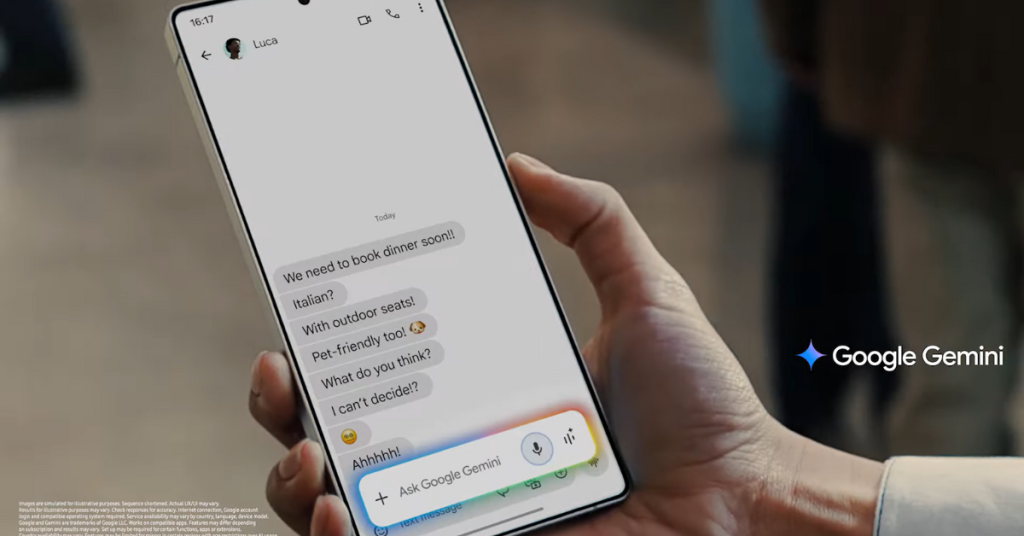
Gemini can be activated by pressing and holding the side button, allowing seamless interaction across Samsung and Google apps, plus third-party apps such as Spotify.
These intuitive interactions are elevated by expansions to Galaxy AI’s popular tools for communication, productivity and creativity. This includes Call Transcript, Writing Assist, and Drawing Assist.
Camera upgrades for S25 Ultra: 12MP Ultra-Wide Camera → 50MP Ultra-Wide Camera
Of course, we can’t talk about flagship phones without talking about the camera capabilities.

In a press release, Samsung announced that the Galaxy S25 series “delivers ultra-detailed shots at every range with high resolution sensors and ProVisual Engine, setting a new standard for mobile photography.”
That said, most of the camera specs have remained the same for the S25 lineup. On the Ultra model, the Wide Camera (AKA the main camera) is still 200MP, there’s still a 50MP and 10MP Telephoto Camera (for 5x and 3x optical zoom respectively), and the selfie camera is still 12MP.
What has changed, though, is the Ultra-Wide Camera, which is now 50MP on the S25 Ultra.
With 0.5x pictures being the rage these days, this upgrade is definitely one I’m looking forward to testing out.
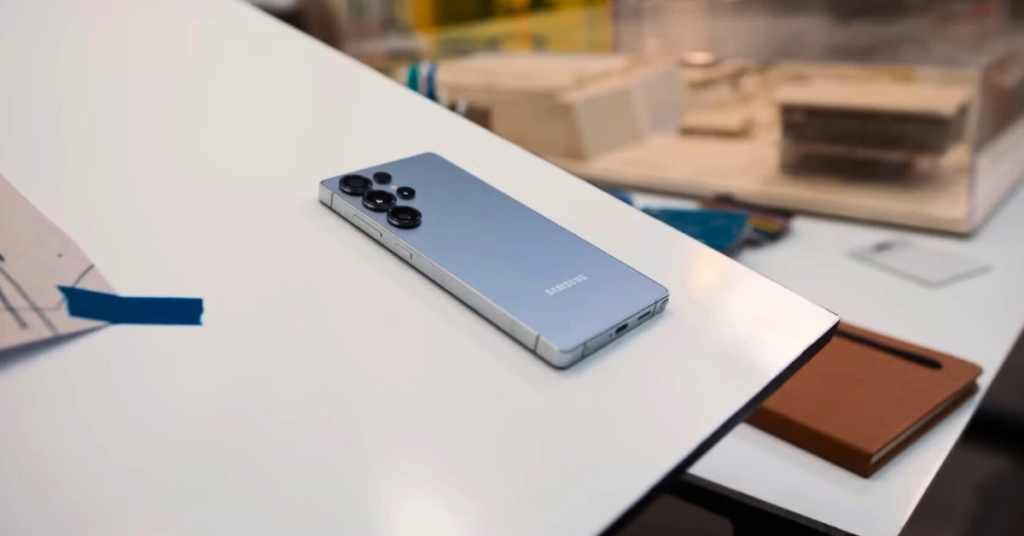
10-bit HDR recording is now applied by default, offering four times richer colour expression compared to 8-bit.
The Galaxy S25 also claims to do low-light videos better than before. Thanks to its powerful processor, the Galaxy S25 analyses movement and time to reduce noise more effectively. Detecting both moving and static objects with greater precision, this allows for sharper, cleaner footage.
More photography and videography tools
As for post-production tools, the Galaxy S25 series is introducing a range of photo and video tools once limited to specialised software.
There’s the Audio Eraser that easily removes unwanted noise in videos. It can isolate categories of sounds, including voices, music, wind, nature, crowd, and noise, letting users control what to tone down or eliminate entirely. We’re super excited to test this for our video content.
Offering a DSLR-like experience on mobile, the Galaxy S25 introduces depth-of-field control with Virtual Aperture. Galaxy S25 also elevates cinematic creativity with Galaxy Log that enables precise colour grading options.
New custom processor: Snapdragon 8 Gen 3 → Snapdragon 8 Elite for Galaxy
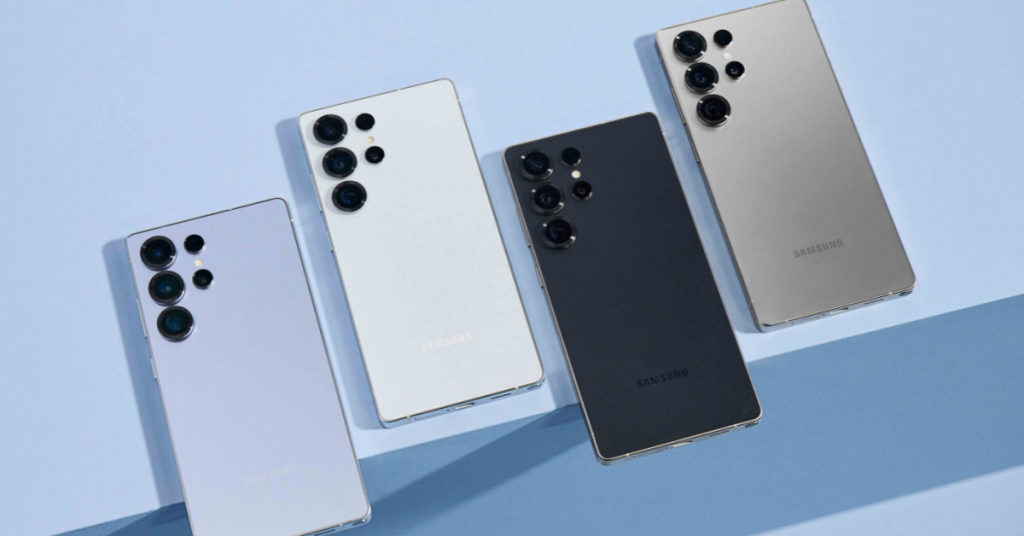
The Galaxy S25 series is powered by the Snapdragon 8 Elite for Galaxy, which boasts unique customisations by Galaxy.
This is the most powerful processor ever on Galaxy S series, delivering a performance boost of 40% in NPU, 37% in CPU, and 30% in GPU compared to the previous generation.
Samsung and Qualcomm Technologies worked together to customise the Snapdragon 8 Elite for Galaxy. The processor is also equipped with Vulkan Engine and improved Ray Tracing for smoother and more realistic mobile gaming.
Material facelift for S24 Ultra: Corning Gorilla Armor → Corning Gorilla Armor 2
Last generation’s S24 Ultra was protected by Corning Gorilla Armor on the front, while the back was protected by Corning Gorilla Glass Victus 2.
Corning Gorilla Glass Victus 2 was also used for the front and back of S24+ and S24.
This year, the S25 Ultra is protected by the Corning Gorilla Armor 2, the industry’s first anti-reflective glass ceramic for mobile devices.
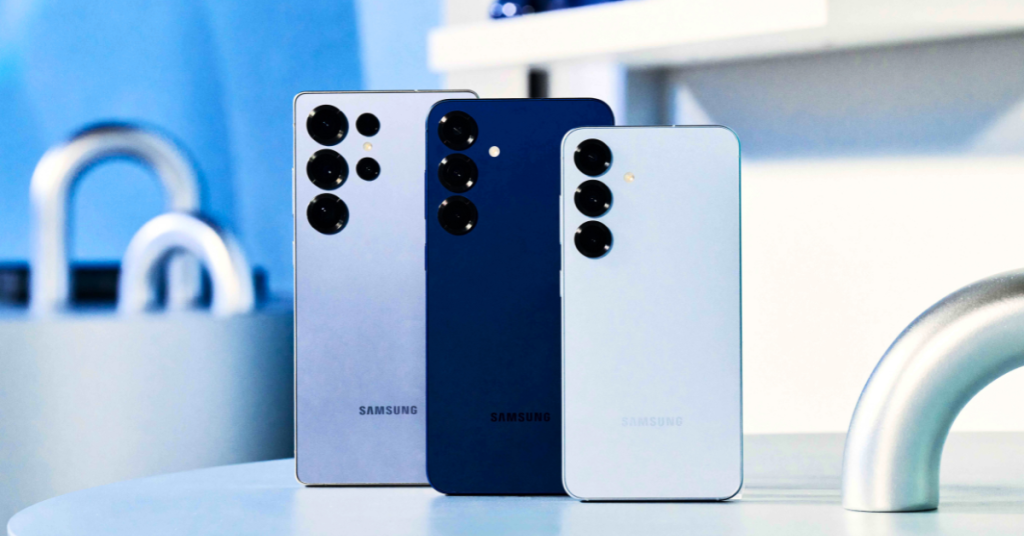
Applied to the front of the device, it offers enhanced durability especially for rough, challenging surfaces.
The anti-reflective properties also dramatically reduce surface reflections in both indoor and outdoor ambient settings.
In Corning lab tests, Gorilla Armor 2 survived drops of up to 2.2 metres on a surface replicating concrete.
The S25 and S25+ phones will still feature Corning Gorilla Glass Victus 2 for the front and rear.
A lower starting price
Overall, starting prices seem to have been lowered slightly, except for the S25+ models. Specifically, the 256GB and 512GB phones fetch a lower price compared to the S24 models last year. The 256GB Galaxy S25 is also slightly more affordable than the Galaxy S24.
| Product | Storage | RRP | Product | Storage | RRP |
| Galaxy S25 Ultra | 1TB | RM7,799 | Galaxy S24 Ultra | 1TB | RM7,799 |
| 512GB | RM6,599 | 512GB | RM6,799 | ||
| 256GB | RM5,999 | 256GB | RM6,299 | ||
| Galaxy S25+ | 512GB | RM5,599 | Galaxy S24+ | 512GB | RM5,399 |
| 256GB | RM4,999 | 256GB | RM4,899 | ||
| Galaxy S25 | 512GB | RM4,599 | Galaxy S24 | 512GB | RM4,599 |
| 256GB | RM3,999 | 256GB | RM4,099 |
-//-
Like before, the Galaxy S25 series offers seven generations of OS upgrades and seven years of security updates.

In terms of some additional frills, all Galaxy S25 devices will also come with six months of Gemini Advanced and 2TB of cloud storage at no extra cost.
From January 23 to February 13, 2025, customers will be able to enjoy offers worth up to RM1,600 when they pre-order the Galaxy S25 series.
Early birds can also get double storage upgrades worth up to RM600 for selected models and enjoy up to RM400 off when paying with a CIMB bank card.
We hope to get our hands on the S25 Ultra soon, so stay tuned for a review!
- Learn more about Samsung Galaxy S25 series here.
- Read other articles we’ve written about Samsung here.
Also Read: CARiNG’s CNY video reminds us what “home” really means, and it’s not about a place
Featured Image Credit: Samsung
Marriott Bonvoy debuts its 1st M’sian travel fair for one day only with exclusive hotel deals
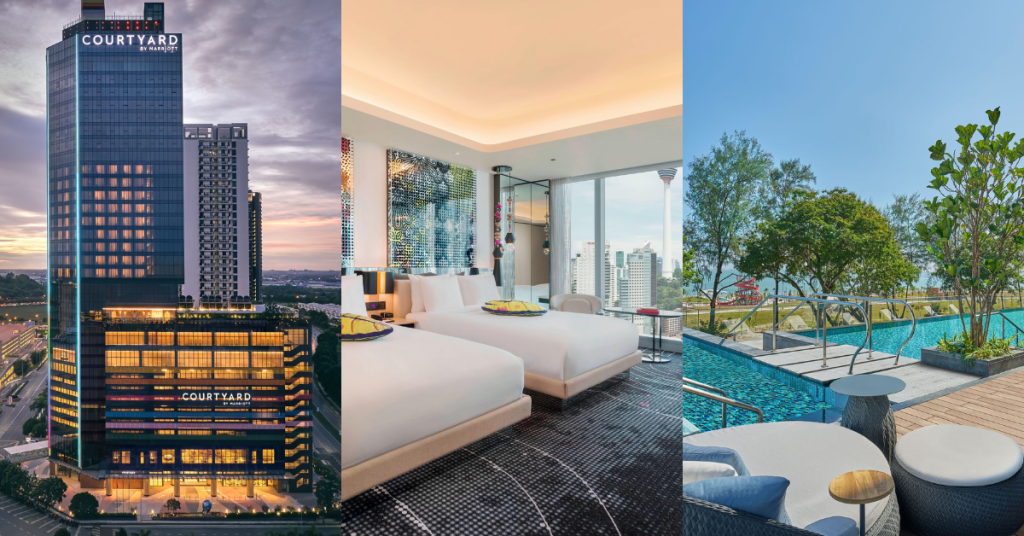
If you’re one with an eye for travel, you’ve likely heard of the name “Marriott” before.
With accommodations like The Ritz-Carlton, Sheraton, Le Meridien, and Westin under its belt, the brand is a gateway to destinations all across the globe.
From affordable to high-end packages and deals, Marriott seemingly has an answer for everyone.
But sometimes, you don’t need to look far and wide to find your dream destination. It could be hiding right here in Malaysia.
And the inaugural Marriott Bonvoy Travel Fair aims to prove just that, with exclusive and appealing deals.
Igniting wanderlust
The Marriott Bonvoy Travel Fair will be held on February 7, 2025, from 1PM to 6PM at The St. Regis Kuala Lumpur.
With over 30 participating brands, the one-day event will be a showcase of travel offers, experiences, and insights.
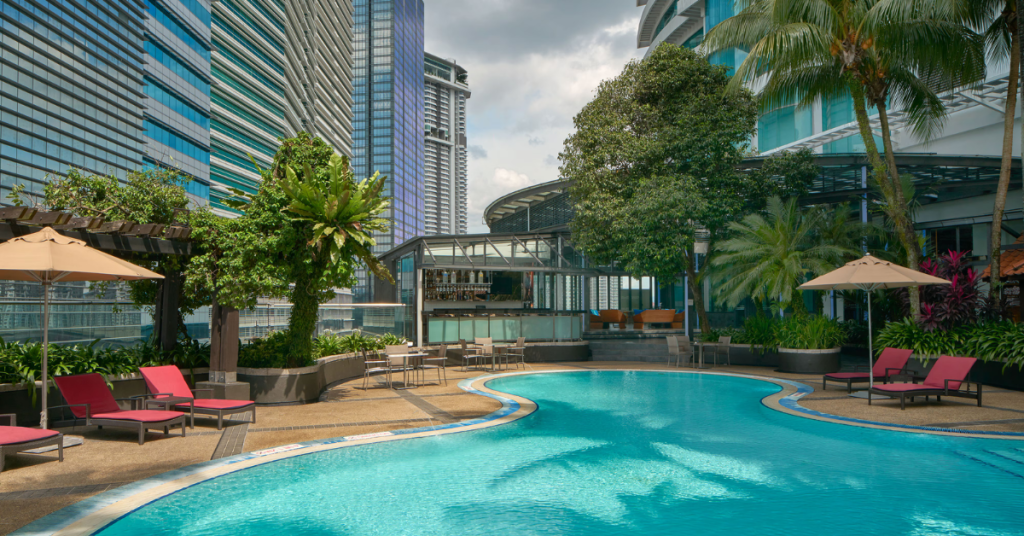
Attendees will also have access to industry experts and Marriott representatives.
Marriott hopes that interactions with these individuals will allow participants to learn insider tips and get tailored recommendations to better their own travel plans.
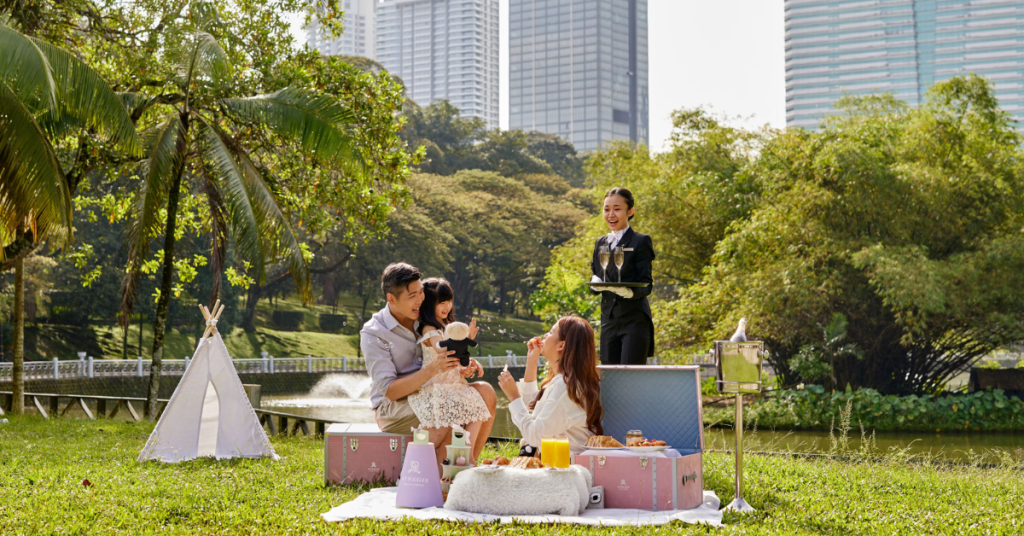
“The Marriott Bonvoy Travel Fair is more than just an event; it is a testament to our commitment to connecting travelers with transformative experiences,” said Ramesh Jackson, Marriott International’s Area Vice President for Malaysia and Indonesia.
“This milestone reflects our belief in the power of travel to inspire, unite, and enrich lives. We are thrilled to bring this vision to life in Malaysia, where hospitality meets adventure.”
An offer you can’t refuse
The star of the Marriott Bonvoy Travel Fair for most will of course be the event-exclusive packages. According to Marriott, these offers will not be available outside of the event online or on booking platforms.
Here are some of the highlights.
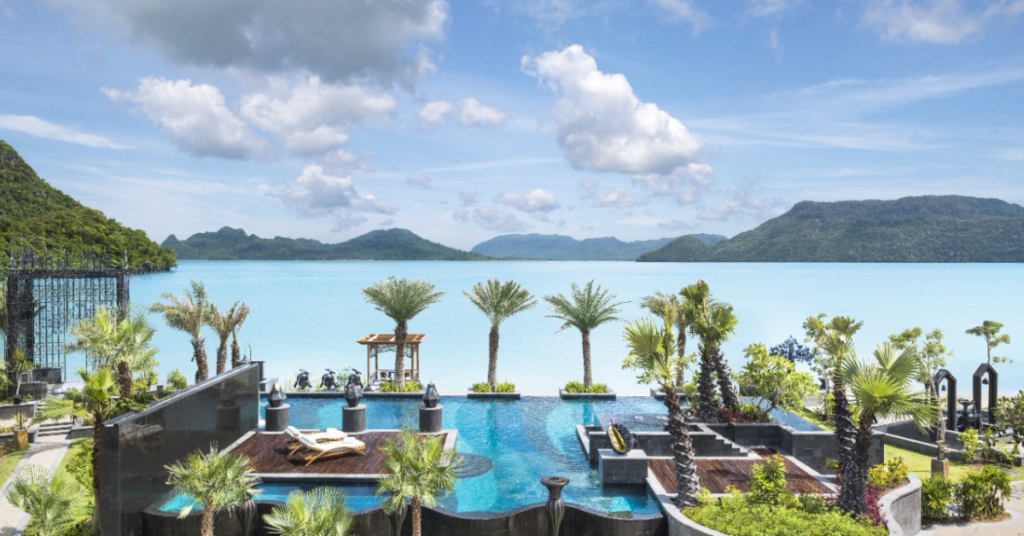
The St. Regis Langkawi’s Half Board Haven is a two-person stay package starting from RM3,500 per night.
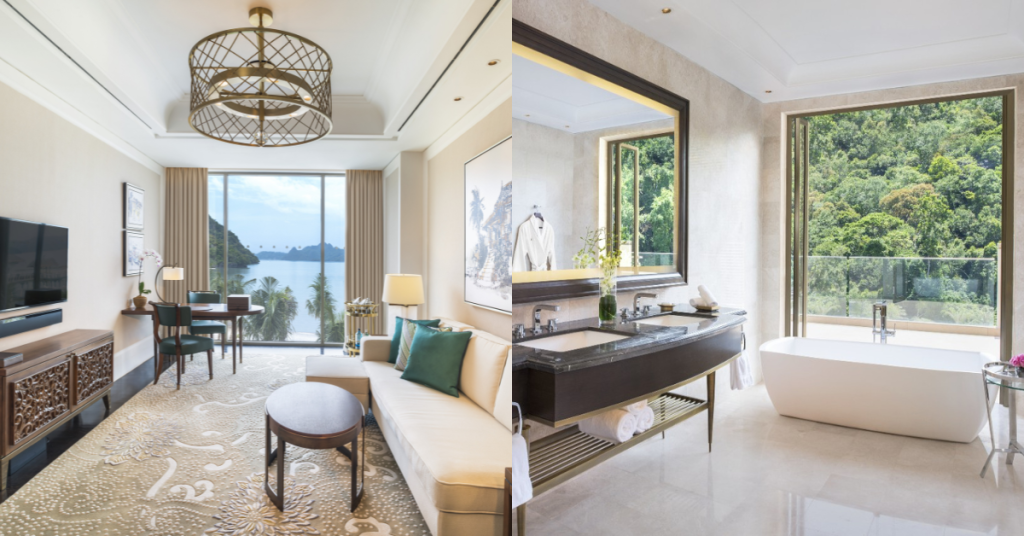
Breakfast and dinner is included daily at the L’Orangerie, with other dining options including Pantai Grill and Kayuputi.
Dinner will be offered in three courses from the A’la carte menu, however Marriott specifically notes that selected items will have a surcharge.
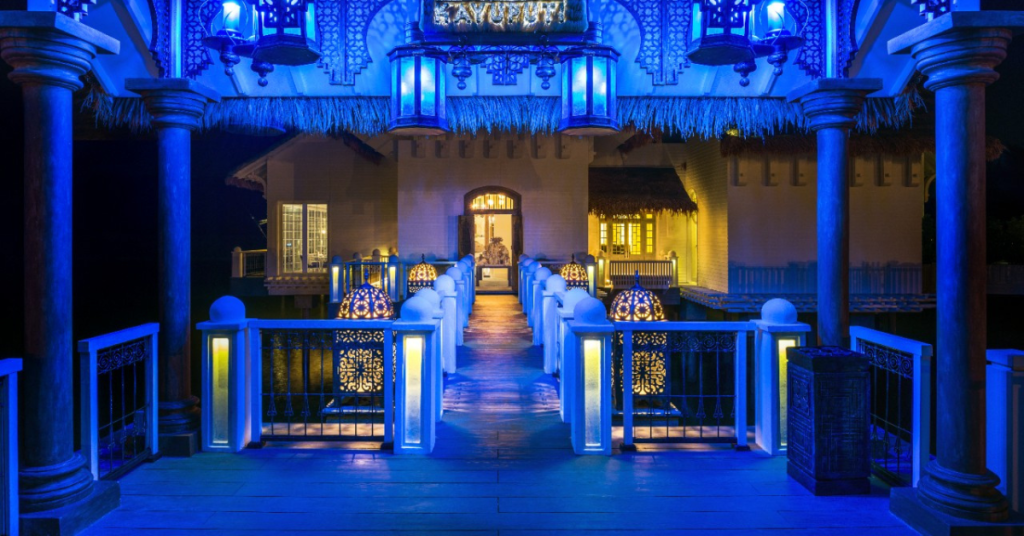
A third person can be brought along half board for an additional RM420 per day as well.
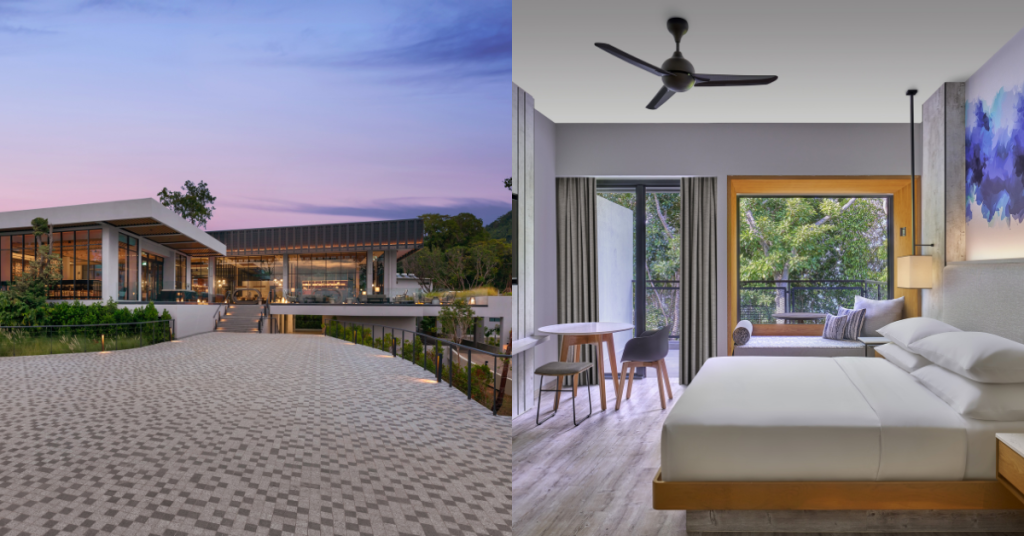
Also in Langkawi is Perhentian Marriott Resort & Spa. This location’s Island Getaway package is offering a three-day-two-night stay for two. Inclusive of breakfast, lunch, and dinner, prices start at RM3,800.
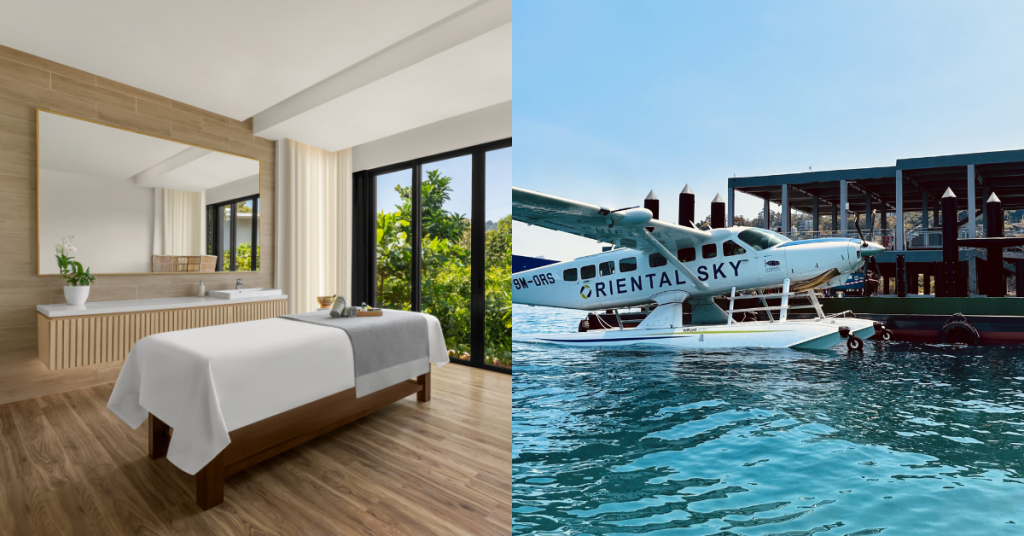
Ferry transfer and spa credits of up to RM200 will also be available here.
Do note that stays will only be valid from February 8 to June 30, 2025.
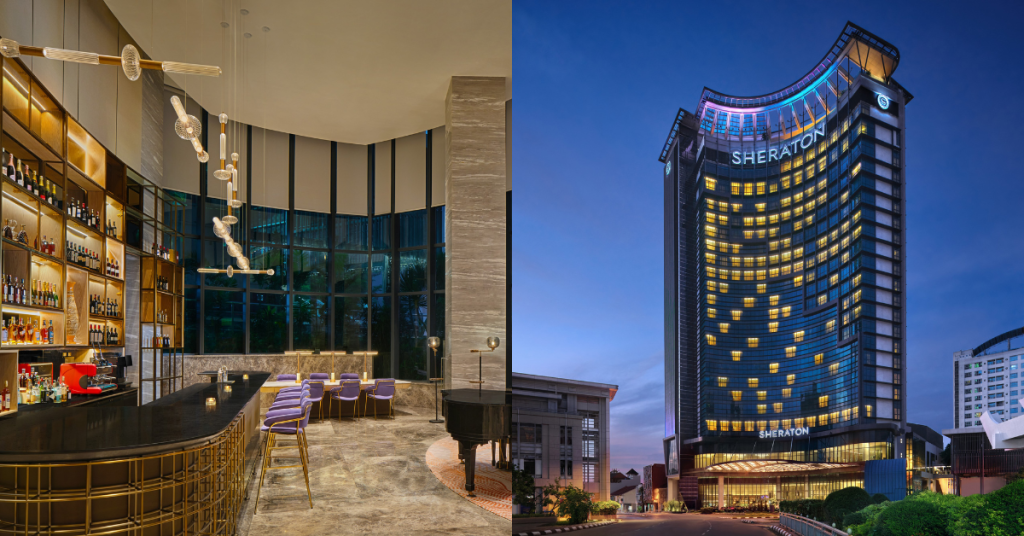
Over in Sarawak, Sheraton Kuching’s aptly named Kuching Staycation Package offers a deal for two adults and a child starting from RM580. Included is their “deluxe room” and a breakfast buffet.
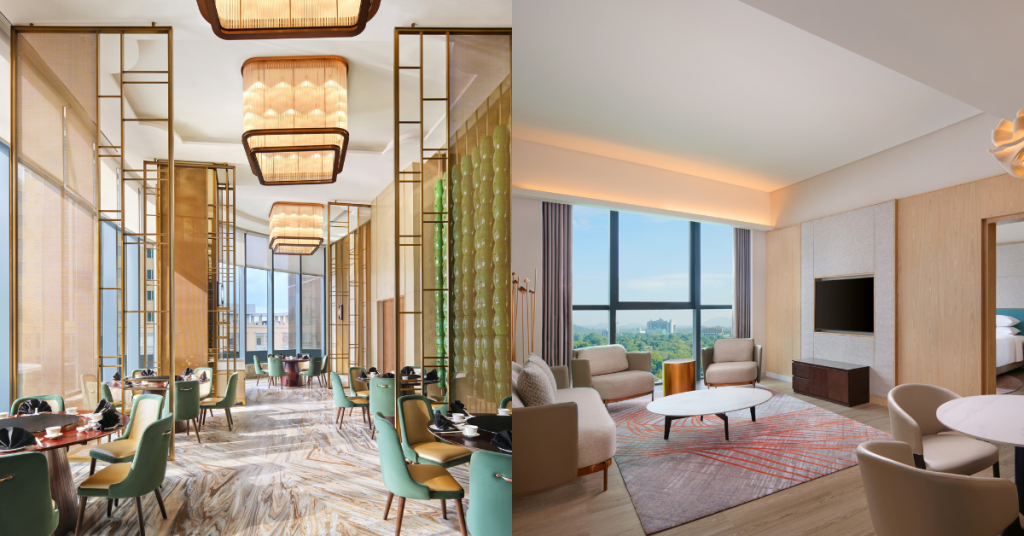
10% dining savings at their All-Day Dining Restaurant will also be available with the package.
The booking period will be open from February 7 to June 30, 2025.
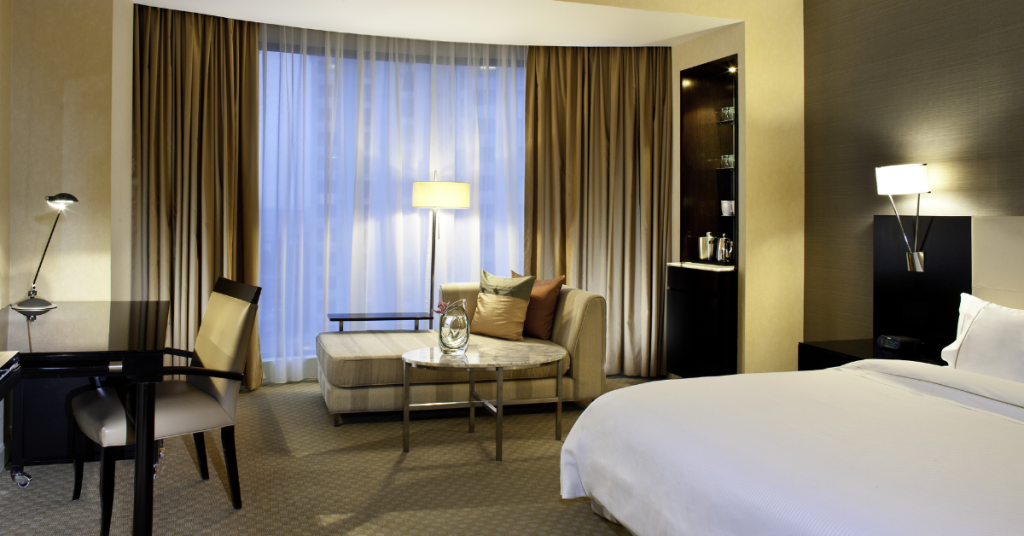
Back in Klang Valley, The Westin Kuala Lumpur is offering a two-day-one-night stay in one of their Deluxe rooms. Called the Westin Retreat Package, the deal is for two people and starts from RM458 per unit. The package includes breakfast.
It’s valid for stays from February 7 until April 30, 2025.
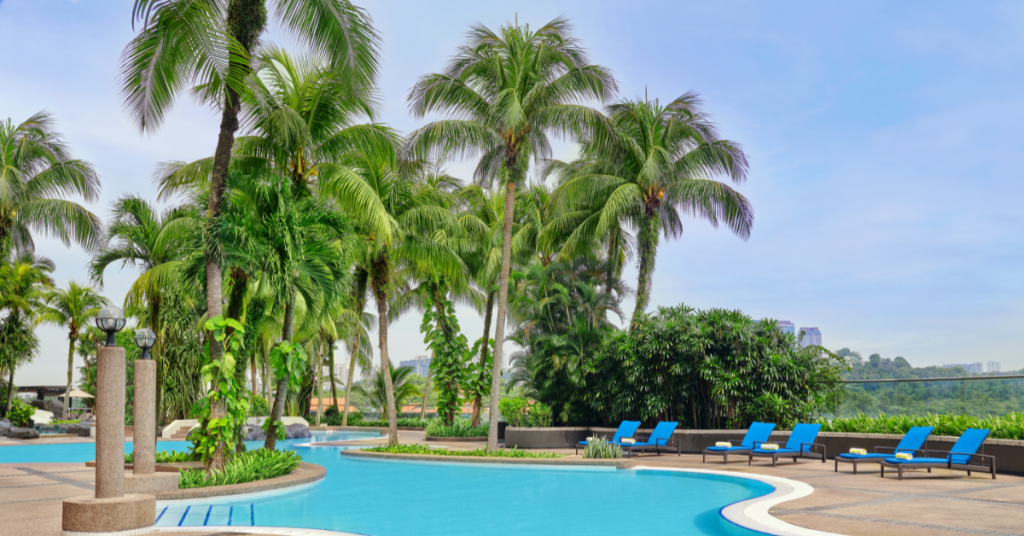
Le Meridien Kuala Lumpur will also be throwing their hat into the ring. Their Family Fun Package starts from RM699 per room per night and is for two adults and 2 children. Valid from February 7 to June 30, 2025, the package has breakfast included.
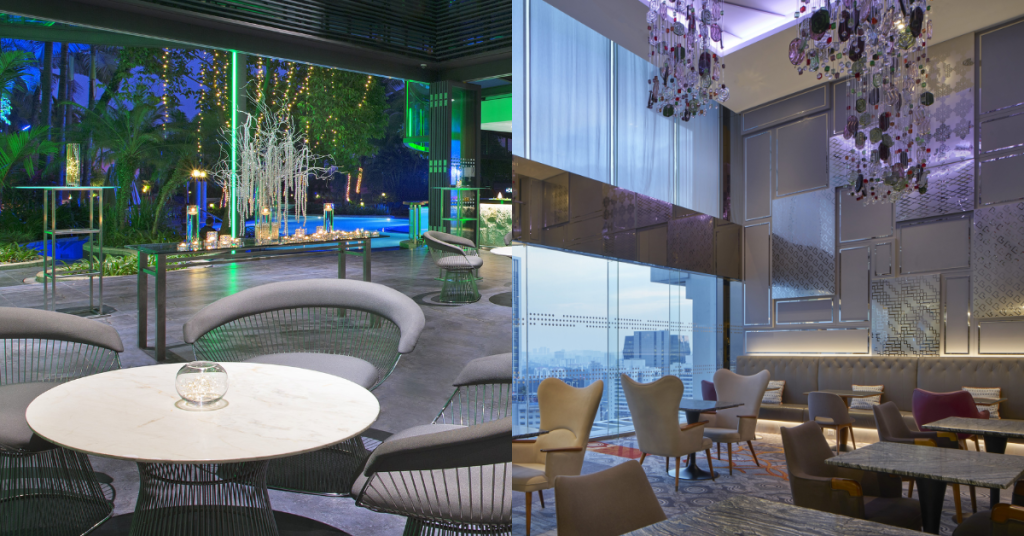
Naturally, these are not all the packages that the event has to offer. There are a lot more hotels and resorts vying for your attention and some of the previously mentioned properties have other deals as well.
The full list of offers can be found on their webpage to cater exactly to your needs.
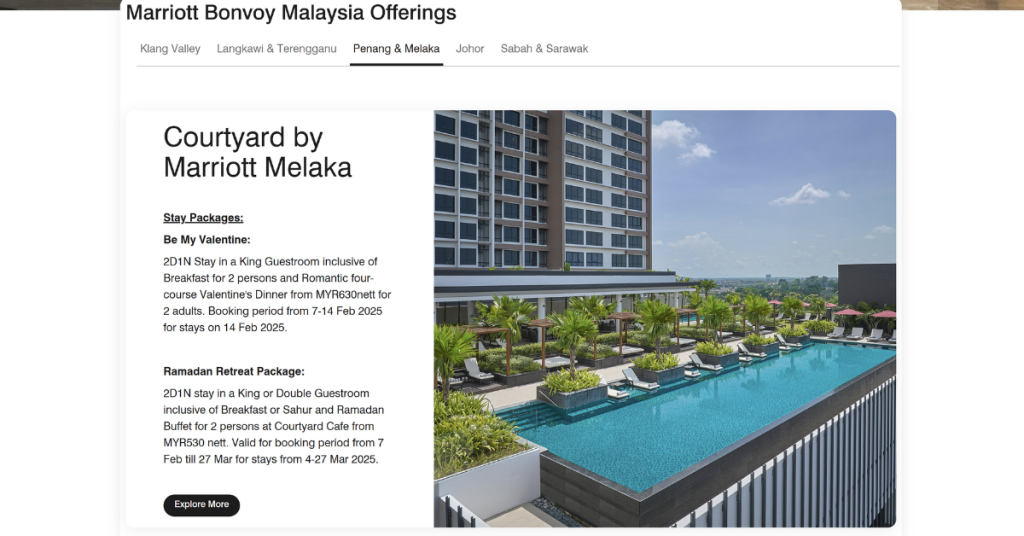
Marriott Bonvoy members will also unlock exclusive perks. This includes discounts and first access to limited-time offers. Bonus points can also be collected, which can be redeemed for stays at Marriott Bonvoy locations or products.
Those interested in a membership can sign up for free at the event or register online. The Marriott Bonvoy app is also available for download.
A human touch
Marriott does also seem to have another agenda with this event.
“This fair is not just about exceptional offers; it’s about connecting with a community of travelers who share the same passion for discovery and adventure, with Marriott Bonvoy at the heart of it,” noted George Varughese, the Market Vice President for Marriott International, Malaysia.
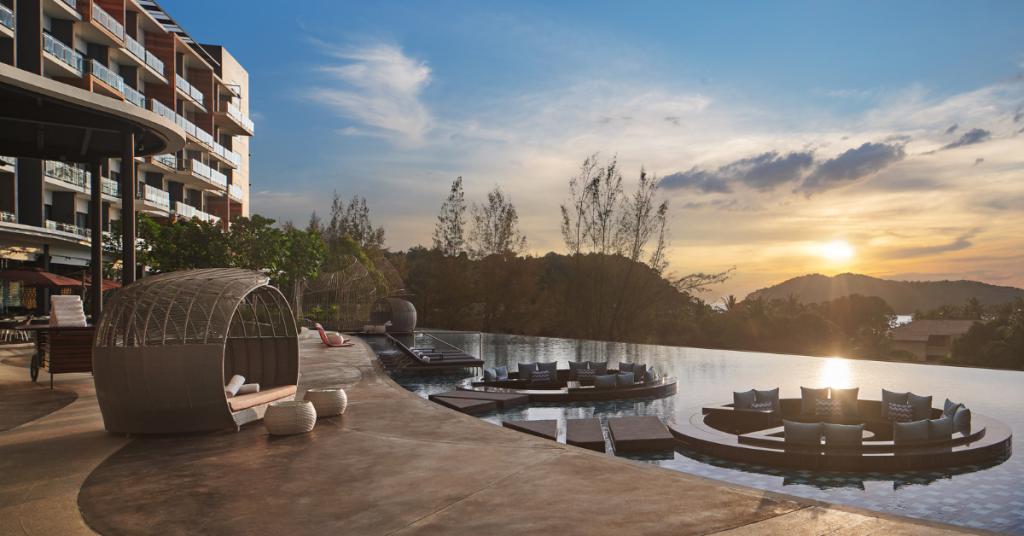
Be it through one of their deals or in a conversation with a fellow traveler, perhaps you might just find the inspiration you need for your next destination here at this event.
Couldn’t hurt. After all, what’s a little bit of adventure?
- Learn more about the Marriott Bonvoy Travel Fair here.
Also Read: CARiNG’s CNY video reminds us what “home” really means, and it’s not about a place
Featured Image Credit: Marriott Bonvoy
Unprecedented jobs crisis is coming, says President Tharman. Here’s what it means for S’pore.
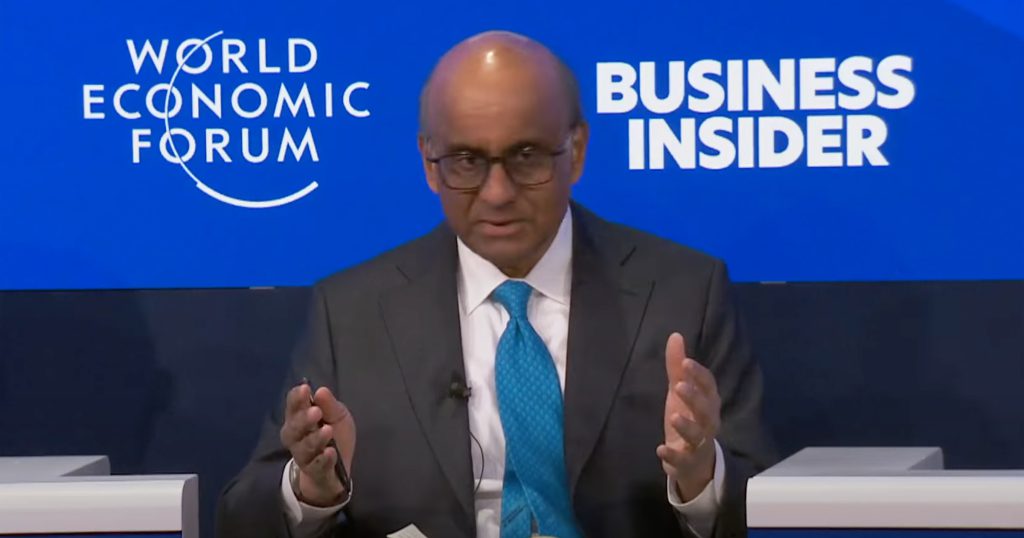
Disclaimer: Unless otherwise stated, opinions expressed below belong to the author.
At the World Economic Forum 2025, which is currently taking place in Davos, Singapore President Tharman Shanmugaratnam presented his observations, predictions and prescriptions ahead of the looming jobs crisis that is about to sweep the globe in the coming years.
Within the coming decade, about 1.2 billion people—a wave without precedent, according to President Tharman—will enter the global workforce in developing countries, but only 400 million jobs are predicted to be created in that same period of time.
This leaves a gap of 800 million jobs at a time where even developed labour markets are getting squeezed by AI-driven automation, which is threatening to displace workers from some of the better paid positions.
With millions underemployed or outright unemployed, “We know the consequences,” said the Singapore President. “They’re not just about economics; they’re fundamentally social, political, and they will shape the new international disorder.“
President Tharman did offer his ideas regarding solutions to the problem that’s about to affect us all in some way.
He spoke of education starting as early as 3 years of age, preparing children to become productive, adaptable adults in the future. He also pointed out the disparities between academic education and technical requirements of the workplace, which hold many workers back in their careers and implore governments and employers alike to ensure that AI complements human skills instead of merely copying them.
All of this, however, is universal advice, and Singapore is already well ahead in these areas.
But is it enough to protect it from the problems caused by the sudden flood of cheap manpower? Probably not.
Inward and outward pressure on Singapore
If the predictions pan out as they are being presented today, they are likely to trigger considerable turbulence for Singapore workers as well, quite regardless of how well-educated and prepared they are.
The fact that 800 million people may struggle to find a job doesn’t mean that those young newcomers from developing countries are the only ones who will be affected. The reality is that the entire 1.2 billion will compete globally to fill those newly created 400 million jobs in the next ten years.
But, as we know, if supply vastly outstrips demand, prices fall. This may lead to the creation of more jobs at a considerably lower pay. And those that can be employed much more cheaply are also most likely to attract employers.
Some of it may happen in Asia, but mostly west of Singapore.
It will not influence the city-state directly—after all, it’s far too developed for its workers to be threatened by population growth occurring in places like Nigeria. However, by undermining millions of lower-paid jobs, the centre of gravity of global manufacturing may begin shifting away from East Asia to Africa, Middle East or India.
This is further exacerbated by the conflicts between Beijing and the West, which have already led companies to diversify away from China—and Singapore, after all, owes much of its success to being favourably located on some of the busiest trade routes connecting the current adversaries.
It is a hub for logistics and business, attracting billions of dollars in investment precisely because it’s a gateway to East Asia, which is still the world’s factory.
But Singapore’s location is not unique. Not even regionally and certainly not globally—and those global rivals are already competing for money and brainpower. Easier access to a growing pool of cheap labour could be their critical advantage in the coming years.
The African continent, after all, is much closer to both Europe and America, the largest and wealthiest consumer markets on the planet, and even India is closer to both heading west rather than east (never stopping in Singapore).
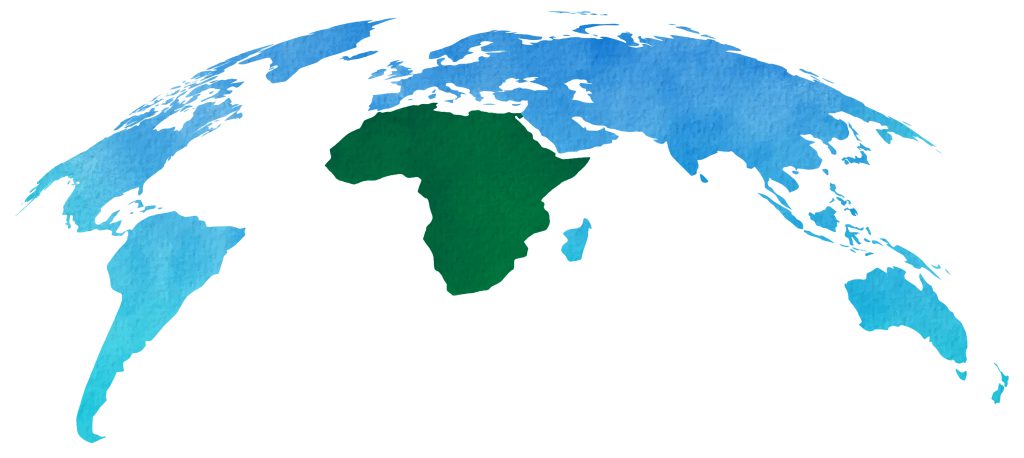
Apple’s iPhones are already made in India, and if Africa can begin producing goods at scale at a much lower cost given the surge in available manpower, who is going to keep investing in the Far East under the shadow of Chinese influence, in countries whose populations are dying out?
In fact, China itself is already making inroads into the continent to control the future of manufacturing as well as the wealth of resources found under its soil.
It is no surprise, then, that Dubai is already the world’s busiest airport for international travel, with Changi only coming in 4th. The Gulf conveniently sits right in the centre of the world’s landmass, offering the quickest, one-stop access to all continents.
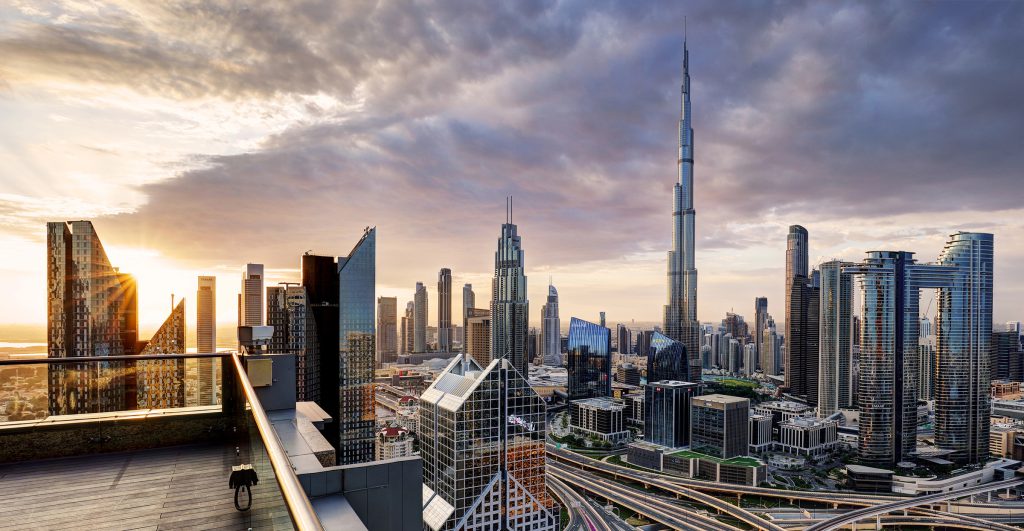
This is why, in addition to the outward pressure on Singapore due to shifting investment flows and changing manufacturing landscape, inward pressure may follow, with companies beginning to ask if the expense and hurdles required to clear to come to the city-state are still worth it.
Safe, rich, wealthy, and largely tax-free monarchies of the Arabian Gulf are offering many of the same benefits that Singapore does—with a few extra perks and plenty of land for construction.
Until recently, they lacked access to sufficiently trained manpower available locally and attractive business destinations on their periphery that they could become the trusted gateway to, in the same way Singapore is to the Far East.
The former is being addressed by quite remarkable openness to immigration, in contrast to years of isolation and bureaucracy which once prevented expatriates from settling there (already upwards of 90% of inhabitants of UAE or Qatar are foreigners, and more are welcome to settle).
The latter, meanwhile, may soon solve itself, as the region stretching from India to West Africa fills with people looking for jobs.
The capital seeking to employ them will need a trustworthy hub to operate from—and it’s unlikely to be Singapore given the location.
The coming surge of cheap labour may cause a crisis for some, but it can be a chance for others. As a result of this geoeconomic shift, Singaporeans may soon be forced to adapt to, perhaps, fewer opportunities than they’ve become accustomed to over the years.
Also Read: 15 fastest-growing professions in S’pore, according to LinkedIn’s Jobs on the Rise 2025
Featured Image Credit: World Economic Forum
“I have no choice but to close it”: 111 Y/O soy sauce maker in Gopeng shuts down for good

There is no greater pantry staple in the Malaysian household as soy sauce.
Well, that’s my humble opinion, but I’m sure many would agree.
That’s why it’s bittersweet to see Hup Teck, a beloved soy sauce maker in Gopeng, shutter its doors after 111 years.
No succession plans
In a Facebook post, Hup Teck posted that it would be closing permanently on January 28, 2025.
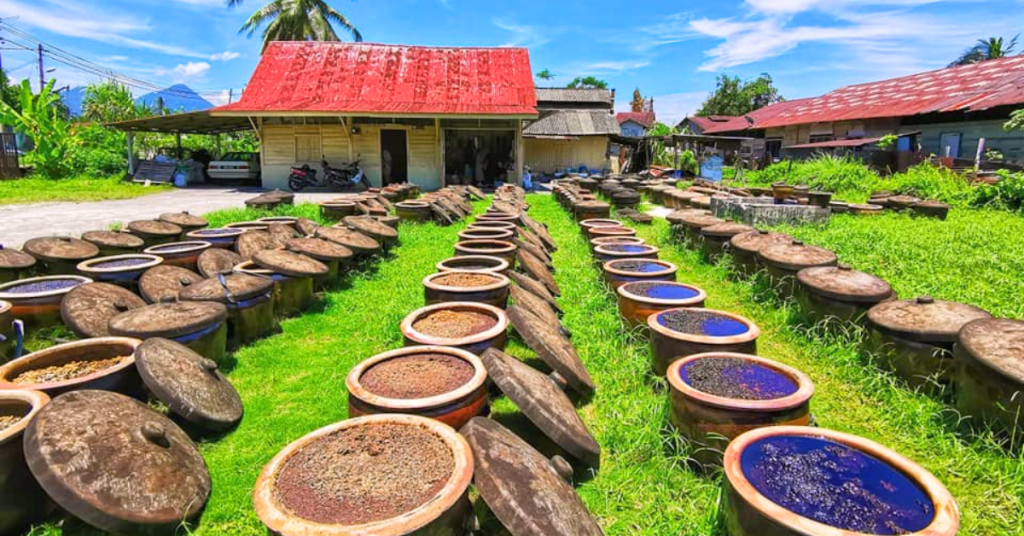
“It is with humble gratitude and a heavy heart that we announce the closing of Hup Teck soy sauce,” they stated. “This has been a very difficult decision and we are so sad to say goodbye after 111 years.”
According to Sin Chew, the factory is closing business due to a lack of a successor. Its current owner, Low Bak Tong, has no one to continue the business after his retirement.
Back in the days, Tong himself had left the nest to work in Singapore for some years, before returning in the 80s to inherit his father’s legacy.
Now 72 years old, he had been running the business with his sister and nephew. However, none of the shareholders were willing to inherit the business.
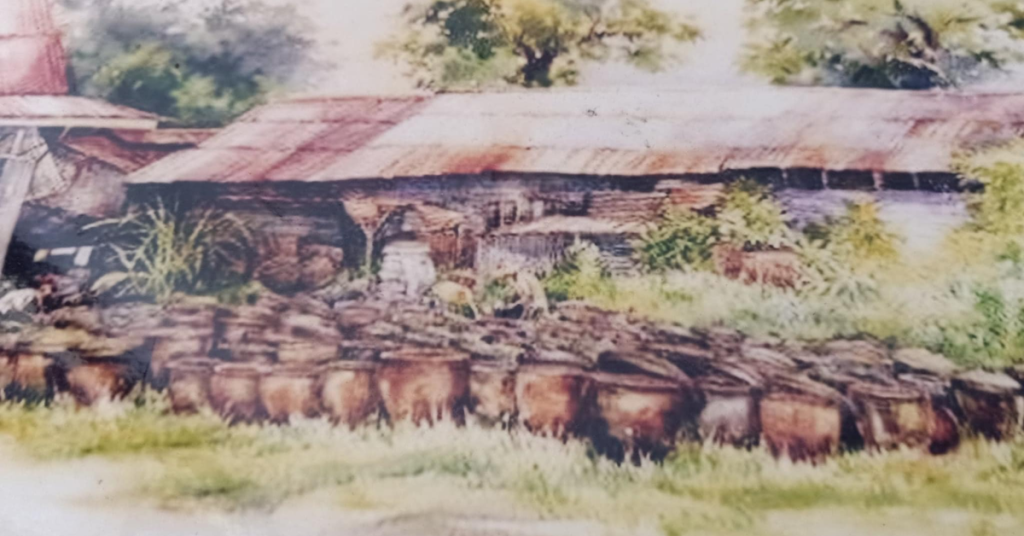
“Although I am reluctant, I have no choice but to close it,” he told Sin Chew.
According to blogger Maria Dass the World, the soy sauce from Hup Teck has been produced from the same wooden house for 111 years in Gopeng, Perak, which has the fortuitous unit number of 999.
However, according to Sin Chew, upon checking past records, Tong learnt that the business was originally founded elsewhere by Tong’s father and some neighbours before moving it to the current 999 house.
A dying art?
Given the artisanal value that Hup Teck’s products offer, some Malaysian netizens and Redditors wondered why no one would be willing to take on the baton and continue the legacy.
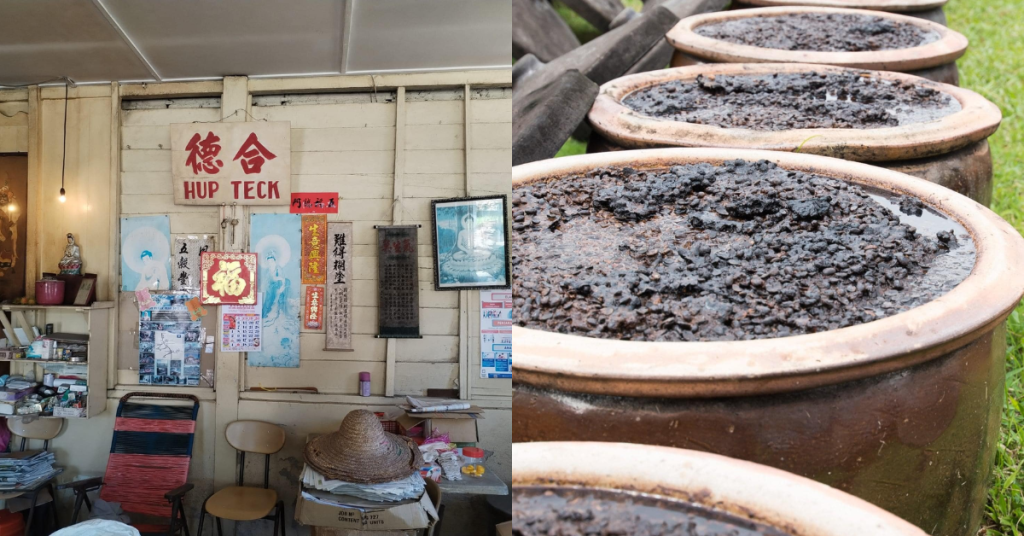
One user proposed that it may be because fermenting soy sauce the old school way takes a long time, making it a labour-intensive and perhaps unprofitable business model.
Maria shared on her blog that the traditional process also means no colouring or preservatives, making the whole process natural.
Natural sunlight and fresh air is needed for the fermentation process to take place. This process is carried out in the special earthen pots brought in from China when the factory first started operations, Maria reported.
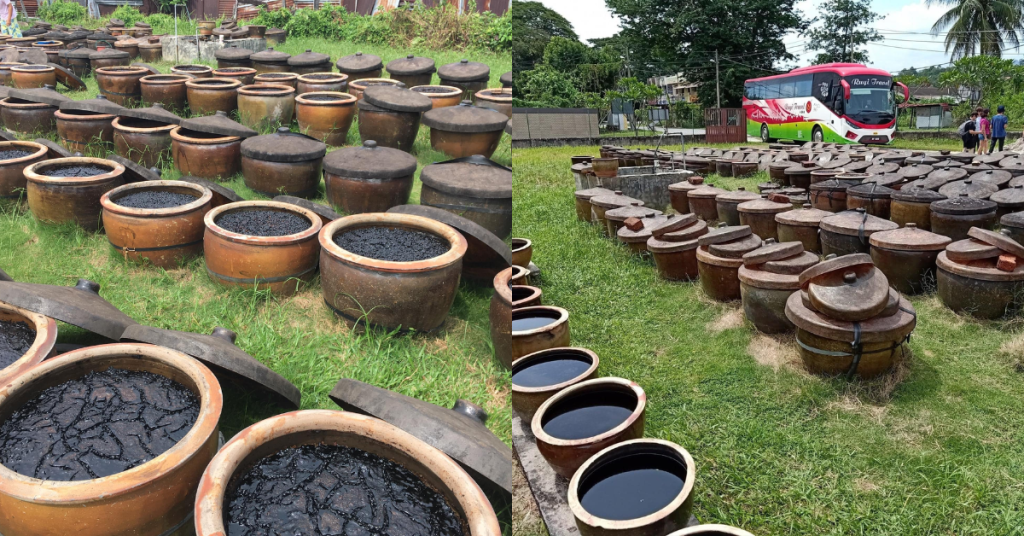
The result seems to be worth the work. Some Redditors quipped that traditionally produced soy sauce is vastly different from the mass-produced offerings in the market, sharing that the notes from traditional soy sauce are deep and full bodied.
“They will be sorely missed,” one Redditor said. “At times I think modernisation isn’t progress, and we think this is best when we don’t know what we missed.”
Preserving its legacy
“At one time there were six soya sauce factories in Gopeng, but Hup Teck is the only one that survived the test of time—despite not having a fancy brand name, marketing team or advertising,” Maria added in her blog.
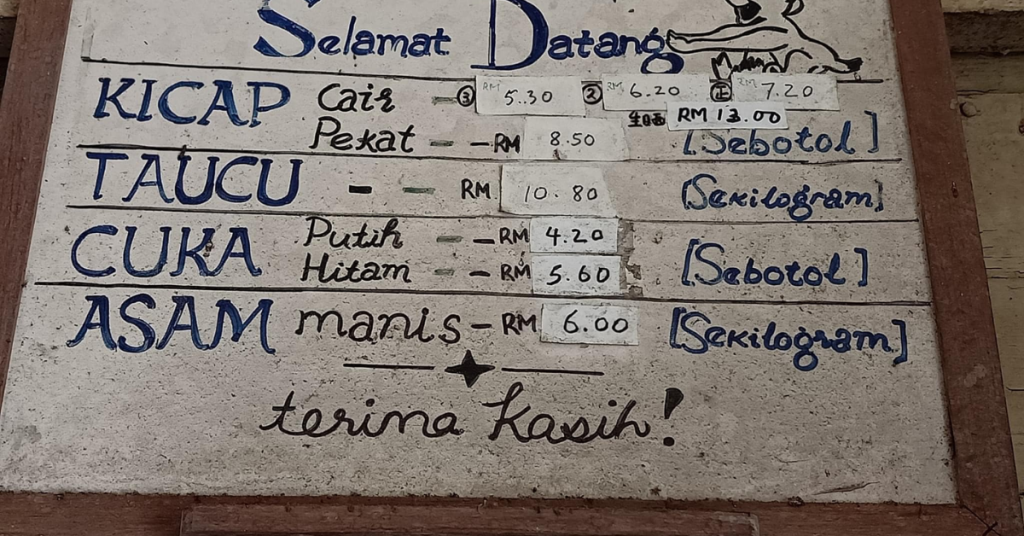
While it’s true that Hup Teck has survived the test of time for over a century, all good things must come to an end.
Closing off its story, Hup Teck encouraged patrons to make a visit in these last moments to purchase whatever they have left in stock.
“Of course we are graceful [sic] for your continued support and loyalty, you all are [the] direct reason for our success as we are truly humbled and honored to have served you,” they wrote.
In a heartfelt show of community, they concluded, “Once again, our deepest gratitude with our very best and sincerest wishes, we hope that you stay safe and take care of each other.”
Having stood proudly from 1914 to 2025, Hup Teck’s origin is one that predates even Malaysia’s own independence.
While its operations may not outlast our nation, we hope its legacy continues to be preserved in the annals of history.
Also Read: Critical convos with a focus on impact: How MRANTI is bridging local & global markets
Featured Image Credit: Hup Teck